A few thoughts on Another World (iOS)
April 25th, 2014
Another World is considered a classic in the video games industry, and rightfully so. The cinematic, rotoscoped cutscenes and minimalistic storytelling were groundbreaking for its time. The game established a precedence for new forms of storytelling within the medium and was a strong influence on game designers like Hideo Kojima and Fumito Ueda. Its gameplay, strangely enough, doesn’t seem to get talked about much, and having recently beaten the game, it’s clear why. I’m going to let the examples do the talking for this one. You can see the whole game completed in 8 minutes in the video above.
A frequent lack of form fits function
This is the only guard in the game that can destroy terrain with his grenades. His friends, who throw identical-looking grenades, have no such luck. (To be fair, the floor does appear somewhat damaged, but it’s difficult to make out).
Even though the stalagmites are drawn in the same way as the right-hand platform, you can swim through the stalagmites.
Sometimes you die from a few laser blasts; other times you can be continually blasted for 10 seconds and still walk away without a scratch.
On-screen controller and input buffering
Take a classic game that originally used a controller. Now put that controller on the screen and place your fingers on the digital buttons. As is the case for all iOS games with an on-screen game pad, your fingers naturally obscure the action. The limited view is highly problematic in the shooting sequences, where you’re required to read your enemies and react.
The other problem with digital buttons is the lack of tactile feedback. This issue is conflated by the delayed reaction to your inputs (which, from what I can gather, was part of the original game). You would think that the gameplay challenges would have been designed to work around this obvious limitation, but many of the movement and jumping tasks require accuracy within the range of a few pixels. So when put up against such challenges, it’s easier to walk up close to an obstacle and then jump/run ahead of time than trying to jump while you’re still running. With my fingers blocking the screen and my inputs one step behind the game’s visuals, I sometimes felt that it was better to look away from the screen and just internalise the timing through trial and error.
Poor feedback
Shooting this chandelier will release the obstacle in Buddy’s path, which makes no sense at all as only the chandelier itself drops.
Shooting this power line closes a door later on in the game, which briefly protects you from enemy fire. Problem is, the only way to find out about the relationship between these two elements is to have gone on ahead and failed to escape the enemy fire.
One screen below, there’s a guard walking around. You’re meant to cut the rope so that the ball hits the guard on the head and knocks him out. You can’t see the guard, though; and if you miss, you need to restart from the last checkpoint.
I don’t know what these rooms do either.
Frequent checkpoints = fast turn around = no time to reflect on mistakes = more mistakes = more more wasted time
To minimise the effect of the poor feedback and puzzle design, Another World resorts to frequent checkpoints. While it would be nice if the game was free of all the issues listed above (and more), the checkpoints are appropriate. One side effect, though, is that the fast turn around doesn’t give the player time to reflect on their mistakes, which is an important part of understanding and progressing through any game.
Conclusion
I can respect Another World‘s influence on the gaming landscape. It’s apparent from the first few minutes of play that the game is something else. Its similarities with a number of contemporary indie games is also quite remarkable (Iji, Super Meat Boy, Limbo, etc.). Such is a worrying trend, however, that its poor gameplay has been swept under the rug by many commentators. This is a topic that I explore further with Uncharted 2 in Adventures in Games Analysis: Volume 1. Speaking of which, it should be out soon. Hurray for that.
Video: Camera Design in Wario Land 4
January 28th, 2014
Updates. Updates. Updates.
A few weeks ago, I finished the video you see above, and now I’ve made it public. If you like it, then please share it around with your friends. You won’t believe the trouble I went through to produce it, though. Before I get to that, I was interviewed for the Go For Rainbow podcast recently, so check that out (there should be more of this kind of stuff on the way soon). I’ve also been covered by a few gaming sites. You can find links here (yes, it needs updating). And we finally did the Kindle version of the book, so look out for the update email if you’ve already picked up a copy. Although the book is up on Amazon, I recommend that you pick it up through Stolen Projects as you’ll get access to all the versions (.pdf, .epub, and both .mobi versions for old and new Kindles) and will get any updates to the book for free, if I do choose to make any amendments (and I probably will; I’m looking at you “well-designed”). I’m wrapped with the Kindle version. I was originally worried that the images would be too small, but after a few tweaks it’s turned out magic. Props again to the excellent Daniel Purvis for his technical wizardry. We’ve extended the discount too, so it’s going to remain at $5 until the 14th of Feb. I’m also humbled by the positive comments I’ve been getting through Twitter and email. Keep letting me know what you think.
Producing the Video
After doing the script and recording the video and audio, I focus-tested the final short amongst friends and revised and rerecorded everything four times. For the final video, I had to:
- Record audio in Audacity and adjust sound levels.
- Record myself playing the game to the audio.
- Play the video and audio recordings separately at the same time while screen capturing the video in Quicktime.
- Repeat the last step for each segment.
- Upload video segments to YouTube.
- Tidy everything up in the YouTube editor.
- Watch the video on YouTube and check for any sound spikes from when my computer’s performance dipped from the strain of simultaneously recording live audio and video—something which YouTube’s compression sometimes decides to accentuate.
This was all after:
- Screwing around with the emulator folder auto-locking and thereby preventing me from saving my game and forcing me to repeatedly play through significant chunks of the game until I gave up and did it in Windows.
- Updating my OS to Mavericks so that I could screen capture a select portion of the screen in Quicktime.
As such, I don’t I’ll do another video like this. I’m cool with doing stuff like the previous video on the Hall of Hieroglyphs, though. Again, let me know what you think.
The Wario Land Series and Progression Models
January 1st, 2014
[The following is a scrapped bit of content from my book Game Design Companion: A Critical Analysis of Wario Land 4. I don’t know why I didn’t just add this to the Loose Ends article. In any case…]
Each Wario Land game has its own take on freer linear progression. Wario Land‘s world map plots a straightforward course through each world, but is punctuated by a substantial number of optional routes. These paths can be accessed through secret exits. Wario Land 2‘s branching routes connect back to the main route or lead to their own endings. After completing the game, the levels are presented in a tree, so it’s easier for the player to retrace their steps and seek out the secret exits they missed. Wario Land 3 employs a multi-screen world map with a day/night system where treasures found open up access to new levels or parts of levels. Wario Land 4 presents four passages which the player can tackle in any order they please. The unique progression systems help give each game their own distinct identity.

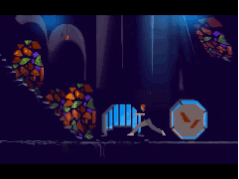
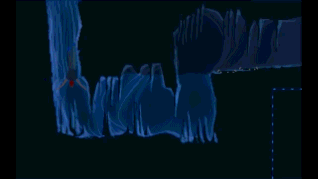
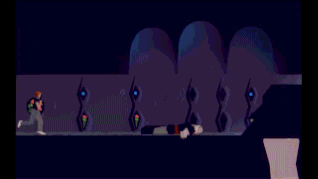

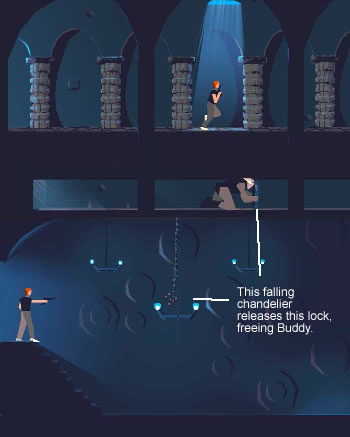

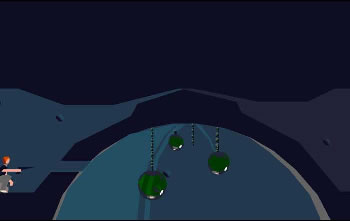

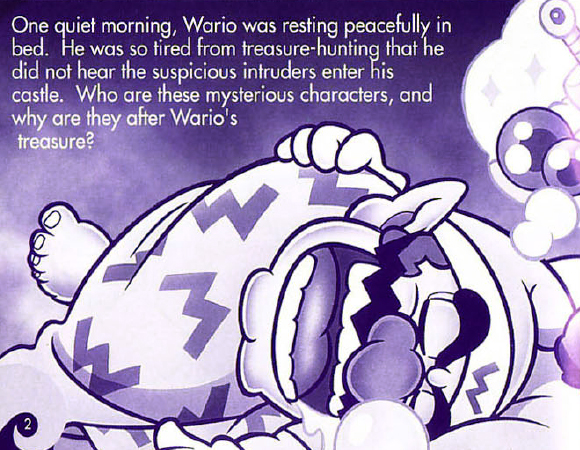


 Game Design Companion: A Critical Analysis of Wario Land 4 - $7.99
Game Design Companion: A Critical Analysis of Wario Land 4 - $7.99 Level Design: Processes and Experiences
Level Design: Processes and Experiences Speed Boost: The Hidden Secrets Behind Arcade Racing Design - $5.99
Speed Boost: The Hidden Secrets Behind Arcade Racing Design - $5.99 Adventures in Games Analysis: Volume I - $5.99
Adventures in Games Analysis: Volume I - $5.99







